
+ Welcome to Soundfly! We help curious musicians meet their goals with creative online courses. Whatever you want to learn, whenever you need to learn it. Subscribe now to start learning on the ’Fly.
Colin Woodard’s book, American Nations: A History of the Eleven Rivan Regional Cultures of North America, identifies a number of distinct cultures that have historically spread across and divided the United States and its surrounding neighbors.
Referring to the map below, courtesy of Woodward, one of the smallest and yet most culturally distinct is “New France,” in Louisiana and Eastern Canada.
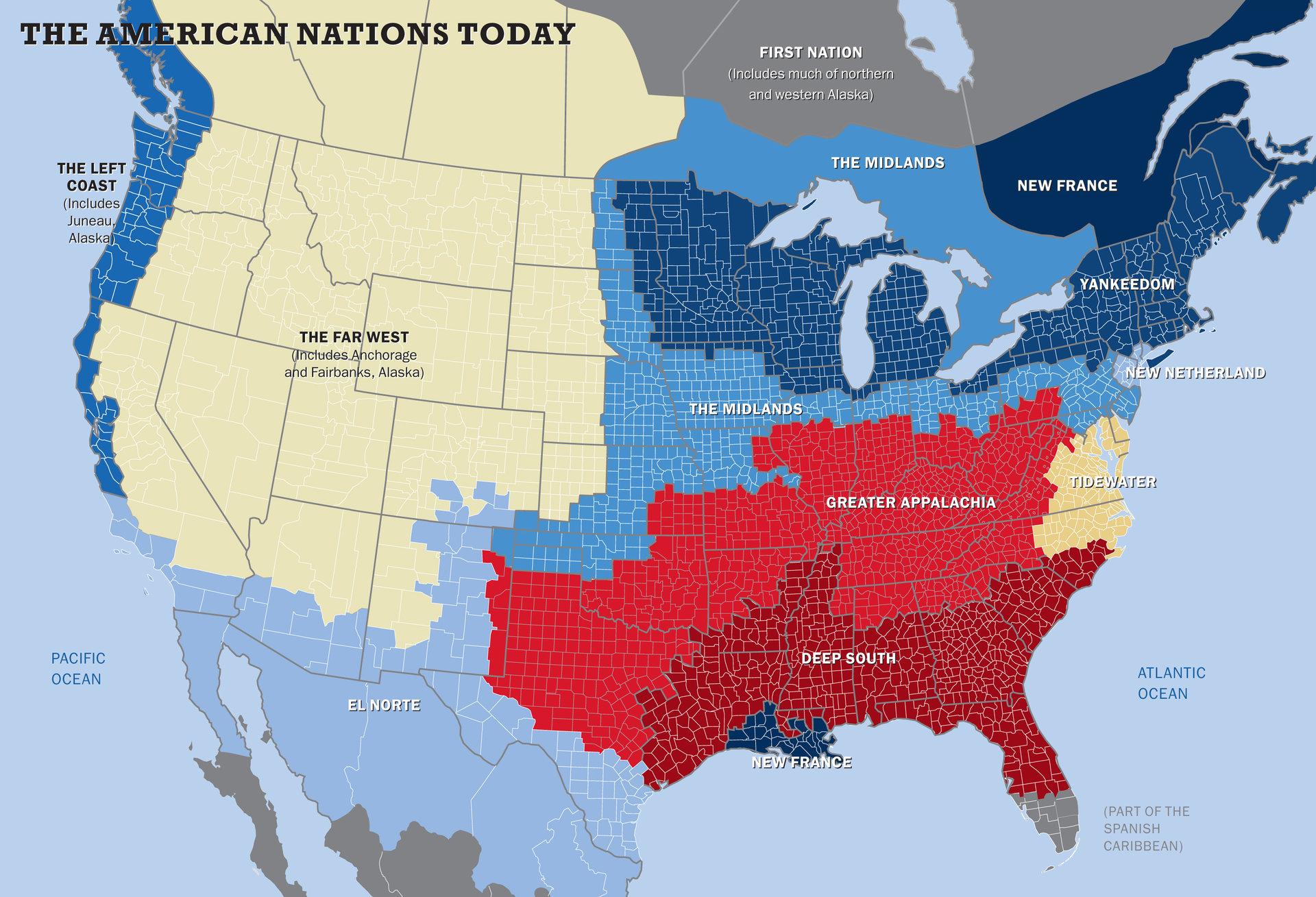
For today’s purposes, we’re going to be focusing on the Louisiana region of “New France” as we examine the differences between two styles of music that grew there together, yet in separate directions right in and around the vibrant creative capital of New Orleans.
New Orleans is a haven of uncompromisingly tasty foods, unique linguistic dialects, and, most of all, dynamic and distinctive music. Creole culture has birthed many distinct musical movements that, to outsider ears, may seem indistinguishable. Two of the most popular styles of music are Cajun music and zydeco, which itself is often described as an offshoot of Cajun music. It’s easy to hear how they’re similar, but how are they different? What makes each style unique?
Let’s look at their historical trajectories.
A Brief History of Cajun Music
Cajun culture was born out of the intermingling of French Canadian Acadian immigrants, Native peoples, African slaves, and freemen in Louisiana. The Acadians were a group of French settlers who arrived in Canada in the 16th and 17th centuries. They were defined by their quest for religious freedom and very friendly relations with the native peoples. When France lost control of the Acadian regions following the French and Indian War, the Acadians were forced to sign loyalty oaths and convert to Anglicanism, or leave. Many Acadians chose to leave or signed the oath and were forced to leave anyway a few years later, and many ended up settling in what is Louisiana today.
For reference, here are a couple of maps detailing the migration and deportation over time, for Acadian populations residing in the Northeast American and Canadian colonies in the late 18th century, courtesy of the University of Maine.
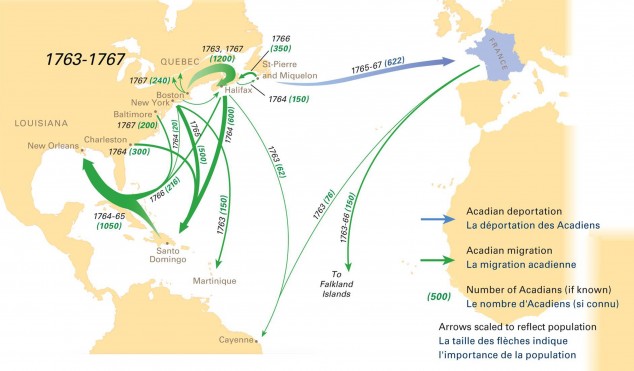
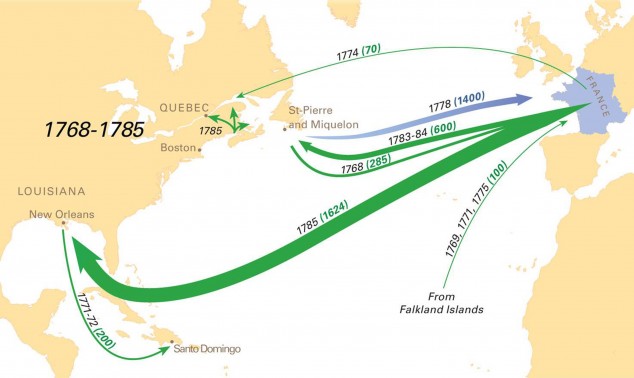
Much of the early Cajun music was defined by what small, lightweight instruments they could carry with them, such as the fiddle.
The unique intermingling of whites and blacks in the deep South also helped birth Cajun culture. France’s “Black Code” gave freed black men much more freedom than they would have experienced in other places in North America. For example, black men could own property, which was almost unheard of at this time. This allowed black and white music and culture to more easily blend because they were on a more equal footing.
Many of the early Cajun songs reflect the harsh experience of the early settlers and slaves, and you can hear very distinct Haitian and Jamaican folk influences in this music. They wrote of “death, loneliness, and ill fated love as a reaction of their surroundings” (Handleman). These types of songs eventually permeated all of America through blues music and its various regional forms, but before that, Cajun music was setting the stage by blending black spiritual music with the available instrumentation, including accordions.
During the 1920s and ’30s, Cajun music became more and more influenced by Anglo-Americanism. The discovery of oil brought new immigrants to Louisiana, many of whom were white. Similarly, the development of the highway system made the whole country smaller and forced once-isolated cultures to spill over into each other. Country and western music began to blend with Cajun music, which resulted in more Cajun bands emulating Anglo-American string bands. This meant more guitars and basses in Cajun music.
One such success story, blending the honky tonk country music of Hank Williams and others with Cajun instrumentation and subject matter, not to mention French language lyrics, was D.L. Menard. He died just last year and played concerts up until the last moments of his life.
During this period, the accordion began to disappear from Cajun music. Most accordions were made in Germany, and the collapse of the Weimar Republic and World War II caused their production to be slowed to a trickle. However, by the late ’40s, the accordion dominated Cajun music once again.
Cajun music was then invigorated on a national scale by Dewey Balfa’s historic appearance at the Newport Folk Festival in 1964, where his trio received an overwhelmingly positive response by an audience of over 17,000 people. The Louisiana-born Balfa also appeared in the 1981 film Southern Comfort, singing the traditional tune “Parlez Nous À Boire” at a rural Cajun party.
A Brief History of Zydeco Music
Zydeco can be described as the music of Louisiana “Creoles of Color.” While it’s distinct, it does borrow many of its own defining elements from Cajun music. The roots of zydeco are found in Jure, “a form of hand-clapping and foot-stomping used by black field hands to pray and give thanks” (Handleman). By the turn of the 20th century, however, the music began to become more secular. This was due to the influences of American Blues music, the advent of commercial audio recording, and a bit later, the development of amplification.
With amplification, this music could be played in larger dance halls much more easily, giving it new “urban” popularity and new life. Young Cajun musicians were excited by his sound and were inspired to push the boundaries of Cajun music, which has left lasting impressions until today.
Clifton Chenier has been described as the “King of zydeco” and is the perfect example of a modern zydeco player. While his music features the traditional instrumentation of the fiddle, accordion, and washboard, he also incorporates a backing rock ‘n’ roll rhythm section with electric bass, guitar, and drums into his sound. I would highly recommend him to anyone who is looking to start exploring American Creole or zydeco music.
Musical Differences
Cajun music was typically played at house parties, or “Bals de Maison.” People would push the furniture back and alternate between playing duple meter two-step dances and triple-meter waltzes. And everyone knew the steps! The music was composed of heterophonic textures, in which at least two instruments would play the same melody with their own ornamentation, a kind of complex monophony. This would typically be a fiddle and an accordion. The heterophony was useful because it made sure everyone could hear the melody clearly.
Zydeco music has a larger emphasis on call-and-response songcraft. This was because it was more strongly rooted in African music.
Zydeco typically features a more upbeat tempo, which lends itself to more modern styles of dance. The “steps performed to zydeco music look like swing dancing to those unfamiliar with it. Zydeco dancing is intensely passionate and sexy, and many are heralding it as ‘the new salsa’” (Romer).
And with the heavier leaning on rhythm, zydeco music also features that familiar rattling of the washboard, or frottoir, made of corrugated metal and worn hanging from the shoulders to play standing up (and dancing, of course). It’s often played with actual spoons, making this instrumentalist the most useful member of any band ever (he can cook, eat, and wash!).
The fiddle is an extremely important instrument to all Cajun music, since it was one of the few instruments light enough for the Acadian immigrants to carry over long distances. Although the guitar and fiddle receded to backing roles with the resurgence of the popularity of the accordion post WWII, Cajun groups kept the steel guitar, upright bass, and drums, all remnants of the string band era.
While both musical styles feature the accordion prominently, they are characterized by different types of accordions. Cajun accordions have a single row of diatonic keys, while zydeco players use a button accordion or a piano accordion, which has multiple rows of buttons or keys. The benefits of having a keyboard to play are numerous, including having chromatics to work with or being able to play legato runs.
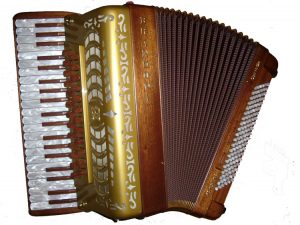
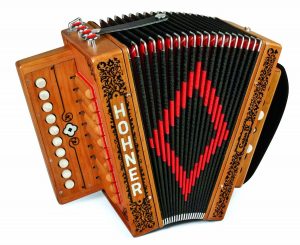
American roots music, and the rich culture of southern Louisiana in particular, continues to play an important part in the greater fabric of American culture. I encourage you to check out more music of this kind, and the playlist below is a perfect place to start!
A Zydeco & Cajun Music Playlist
Despite all the historical and cultural differences between them, zydeco and Cajun musical styles are still interchangeable for listeners craving that spicy, sunny flavor of music perfect for a day of barbecuing, crawfish boiling, or dancing around with friends and family.
So here’s an enormous playlist (courtesy of Spotify user sarah_tv) that joins both styles together in favor of throwing down the party and discovering some of each style’s most explosive performers!
Improve all aspects of your music on Soundfly.
Subscribe to get unlimited access to all of our course content, an invitation to join our members-only Slack community forum, exclusive perks from partner brands, and massive discounts on personalized mentor sessions for guided learning. Learn what you want, whenever you want, with total freedom.




